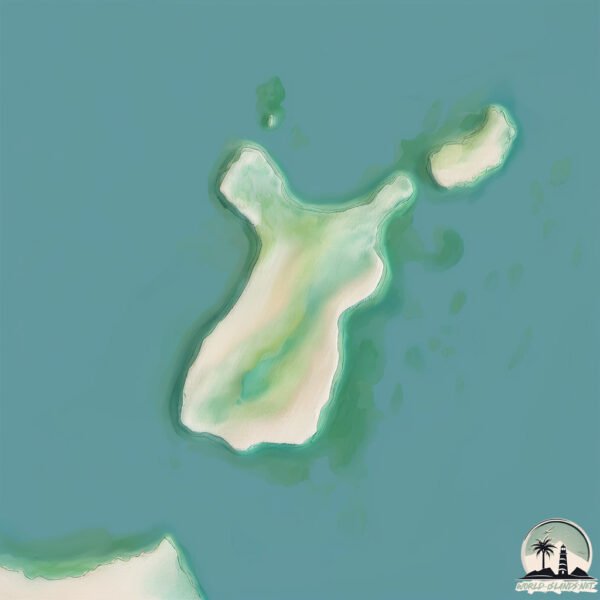El Indio

Welcome to El Indio, a Dry island in the Gulf of California, part of the majestic Pacific Ocean. This guide offers a comprehensive overview of what makes El Indio unique – from its geography and climate to its population, infrastructure, and beyond. Dive into the details:
- Geography and Size: Explore the island’s size and location.
- Climate and Weather: Weather patterns and temperature.
- Topography and Nature: Uncover the natural wonders of the island.
- Infrastructure and Travelling: Insights on reaching, staying, and making the most of your visit.
- News and Headlines: Latest News.
Geography and size of El Indio
Size: 0.728 km²
Coastline: 5.1 km
Ocean: Pacific Ocean
Sea: Gulf of California
Continent: North America
El Indio is a Tiny Island spanning 0.728 km² with a coastline of 5.1 km.
Archipel: –
Tectonic Plate: North America – Covers North America and parts of the Atlantic and Arctic Oceans, characterized by diverse geological features and varying levels of seismic activity.
The geographic heart of the island is pinpointed at these coordinates:
Latitude: 25.51792105 / Longitude: -108.8827754
Climate and weather of El Indio
Climate Zone: Dry
Climate Details: Hot Deserts Climate
Temperature: Hot
Climate Characteristics: Dominated by extremely hot temperatures, this climate is marked by minimal rainfall and barren landscapes. Nights often experience drastic temperature drops.
Topography and nature of El Indio
Timezone: UTC-07:00
Timezone places: America/Denver
Max. Elevation: 11 m
Mean Elevation: 8 m
Vegetation: Shrubland
Tree Coverage: 85%
The mean elevation is 8 m. The highest elevation on the island reaches approximately 11 meters above sea level. The island is characterized by Plains: Flat, low-lying lands characterized by a maximum elevation of up to 200 meters. On islands, plains are typically coastal lowlands or central flat areas.
Dominating Vegetation: Shrubland
Dominated by shrubs and small bushes, these areas are typical in dry, rocky, or sandy environments, as well as in regions with poor soil fertility. El Indio has a tree cover of 85 %.
Vegetation: 2 vegetation zones – Low Diversity Island
Islands with two distinct vegetation zones offer slightly more ecological variety. These zones could be due to differences in elevation, moisture, or other environmental factors. While still limited in biodiversity, these islands may offer a contrast between the two zones, such as a coastline with mangroves and an inland area with grassland.
Infrastructure and Travelling to El Indio
Does the island have a public airport? no.
There is no public and scheduled airport on El Indio. The nearest airport is Valle del Fuerte International Airport, located 28 km away.
Does the island have a major port? no.
There are no major ports on El Indio. The closest major port is TOPOLOBAMPO, approximately 22 km away.
The mean population of El Indio is 0 per km². El Indio is Uninhabited. The island belongs to Mexico.
Continuing your journey, San Ignacio is the next notable island, situated merely km away.
Visiting Cueva del Indio / Islote Beach, Puerto Rico



Mexico is classified as Emerging region: MIKT: Mexico, Indonesia, South Korea, and Turkey – Economies recognized for their development potential and emerging market status. The level of income is Upper middle income.
News – Latest Updates and Headlines from El Indio
Stay informed with the most recent news and important headlines from El Indio. Here’s a roundup of the latest developments.
Please note: The data used here has been primarily extracted from satellite readings. Deviations from exact values may occur, particularly regarding the height of elevations and population density. Land area and coastline measurements refer to average values at mean high tide.
